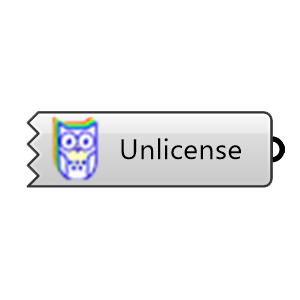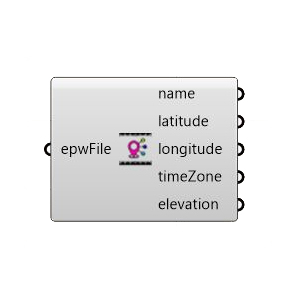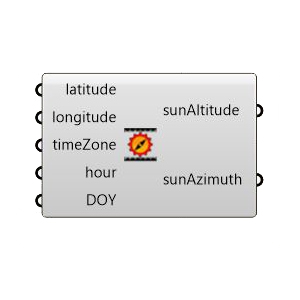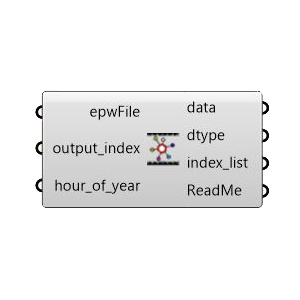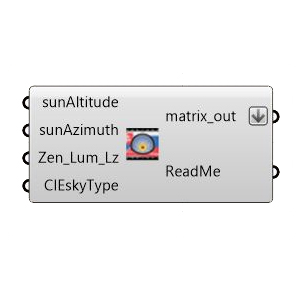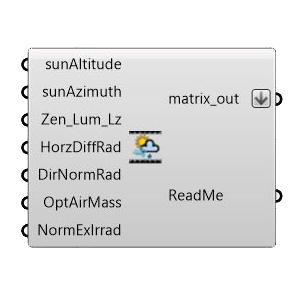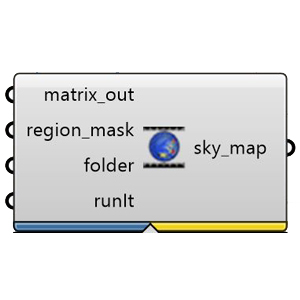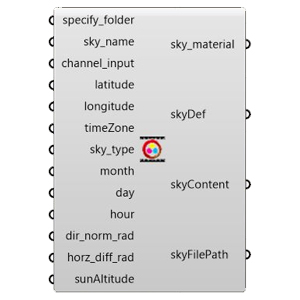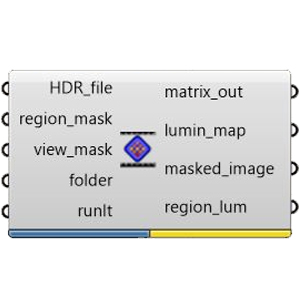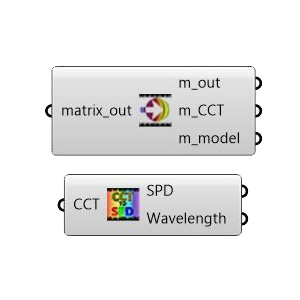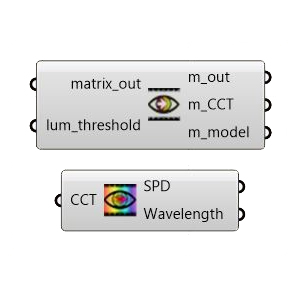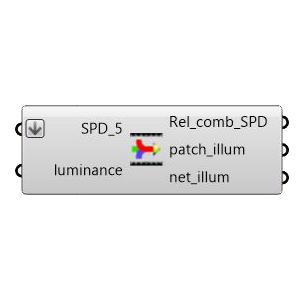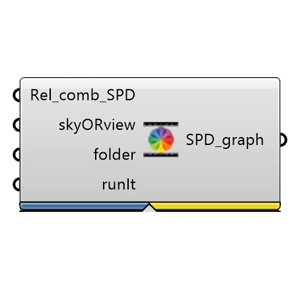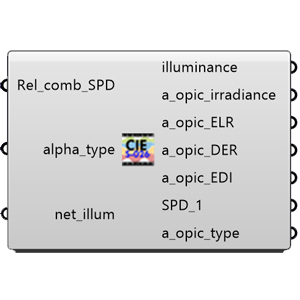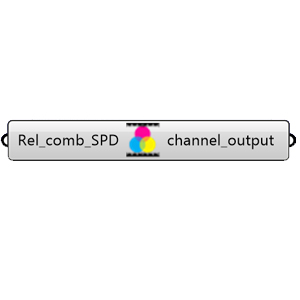The workflow of OWL

OWL workflow includes multiple models, which combined together, require minimal extra inputs from the users in evaluating the non-image forming metrics.
In the present form, a user needs to define only the weather file and geometrical data of the scene, and using a combination of {either Perez or CIE Model} >> {luminance to CCT models} >> {CIE015 standard} >> and {either of CIES026 standard or LRC's protocol}, this workflow evaluates the non-image forming metrics of lighting: the melanopic metrics or the circadian metrics.
More details on the Melanopic and Circadian metrics are presented below. Also presented are the Grasshopper components that we have developed in Python. For details about the components, see documentation.
Melanopic Metrics
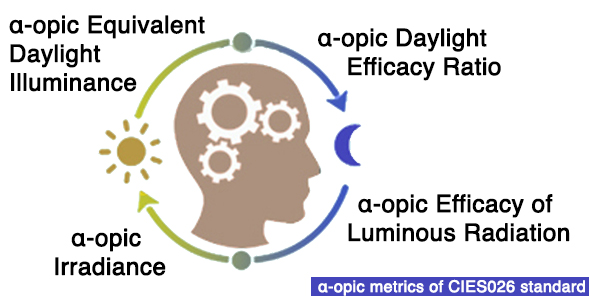
The outputs of α-opic irradiance, α-opic ELR, α-opic DER, and α-opic EDI are evaluated using the approach taken in the CIES026 toolbox. These outputs represent the alpha-opic metrics, or melanopic metrics when alpha-type is set at melanopic. For the mathematical models deployed in this component, this publicly available toolbox can be referred.
Circadian Metrics
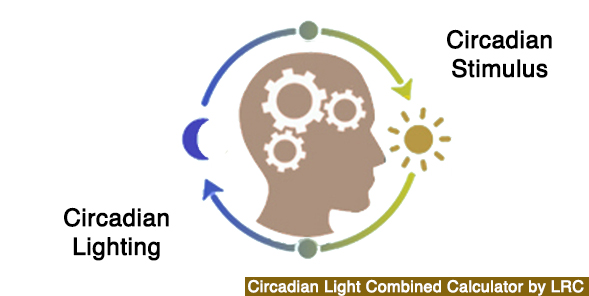
The LRC toolbox (Circadian Light Combined Calculator) is used to evaluate the Circadian metrics recommended by LRC: Circadian Lighting (CLa) and Circadian Stimulus (CS). For the mathematical models used, this publicly available toolbox can be referred.
